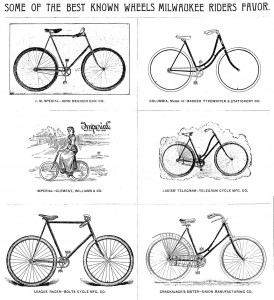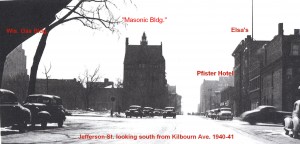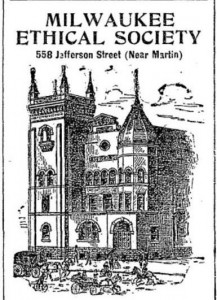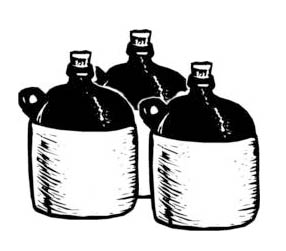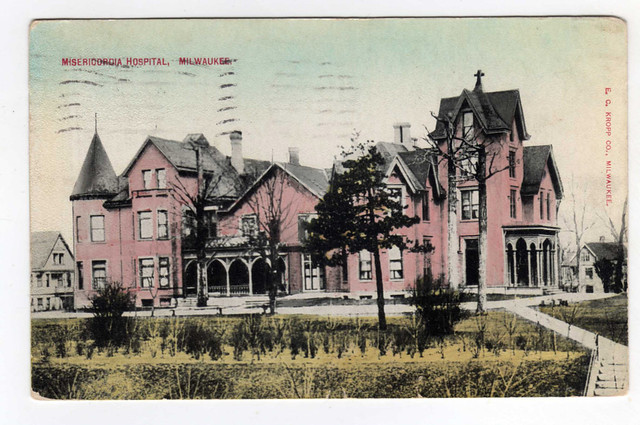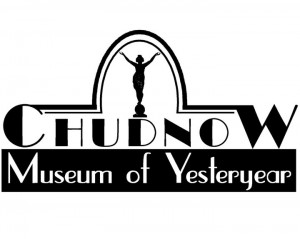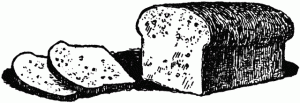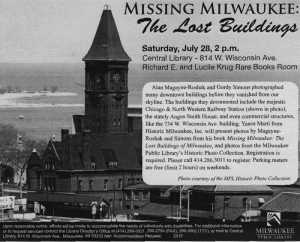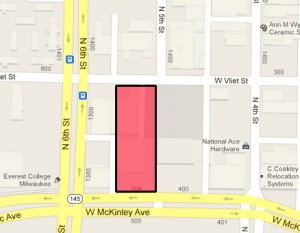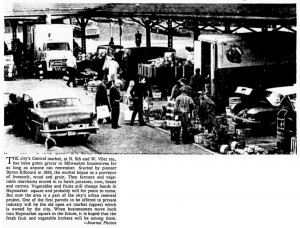This article served to provide the early history of bicycles in Milwaukee back to the first “ordinary” or high-wheel bike to the later “safety” which is similar to what we ride today.
Milwaukee Sentinel, May 21, 1893
HISTORY OF THE WHEEL
How the Bicycle Made Its Appearance in Milwaukee
Brought Here in 186 by Harry L. Smith
Smith Was Visiting the Centennial at Philadelphia, and, Getting the Bicycle Fever, Invested in One Which Came Back With Him. In Point of Continuous Riding, Andrew A. Hathaway is the Pioneer Wheelman of the City, He Having Been At It Since 1879.
It is only seventeen years since the first bicycle made its appearance in this city and was gazed at with undisguised amazement by the startled natives, who hurried to their windows and crowded upon the sidewalks to get a look at the strange thing that sped noiselessly by. Within those seventeen years the bicycle has passed through a period of revolution and the wheel of to-day bears little resemblance to the one which first came within the limits of the city. That original cycle was one of the old-fashioned ordinaries with one big wheel, almost mountainous in its height, having an insignificant looking little trailer at the rear, which, though diminutive, was of great importance to the welfare of the rider. The bicycle of to-day is the safety, with two common sense wheels of about the same size, which answer all recreative and racing purposes without endangering the lives and limbs of the riders.
The first wheel to reach Milwaukee was brought here in 1876 by Harry L. Smith, son of Winfield Smith, who is now living in Chicago, where he is employed with the Wisconsin Central railway. In that year young Smith made a trip East, taking in the Centennial in Philadelphia, and, while there, the bicycles captured his fancy. He invested in one and brought it home with him, it being at that time a high grade wheel of the best pattern, but which is now obsolete. This was about the time that the bicycle began to take root in this country, after having obtained considerable popularity in England. It was introduced first in the East, whence it was rapidly pushed to the West.
The Underwood Boys Get Wheels.
The sight of Harry Smith pedaling around town on his ordinary in stately grandeur isntigated other young men to buy bicycles and the next Milwaukeeans to invest in them were Frank and Herbert Underwood. The number of riders, however, did not grow rapidly, the bicycle then being considered and expensive luxury, and during the next three years all riders in this city could be numbered on the fingers.
About the year 1879 the first bicycle craze struck the city and the number of riders increased very rapidly. It was in this year that Andrew A. Hathaway began riding a wheel. He has ridden ever since, adopting the styles and changes as they were made, and he still uses his machine regularly. In this respect he is the pioneer rider of the city, none of the young men who were contemporaneous with him at the start having stuck regularly to their wheels. Some of them have been a good many years during the interim that their feet have not touched a pedal.
In the latter part of the year 1879 L.M. Richardson established the first bicycle agency in Milwaukee, having his headquarters on Broadway between Wisconsin street and Grand avenue. He was a hustler and by pushing his business induced a good many men to ride who probably would not otherwise have done so. Other riders appeared upon the scene about this time and a year later their number had grown to such an extent that the question of organization was agitated and resulted in the formation of the Milwaukee Bicycle Club. Its first officers were Andrew A. Hathaway, president, and Albert Jones, secretary and treasurer. Its organizers and original members were Angus Hibbard, Harry Haskins, A.W. Friese, D.G. Rogers, Jr. H.W. Rogers, C.H. Moses, Frank Stark, Arthur Young, Harry and Will Weller, William Mariner, Fred Pierce, Harry C. Reed, S.H. Marshall and several others. Within a short while after this the list of riders was swelled by the additions of Francis Bloodgood, Jr., H.O. Frank, Charles Wood, Jr., and the following named riders who have used the wheel ever since and still stick to it: Thomas R. Mercein, W.L. Simonds, Frank A. Hall, Henry P. Andrae, and Frank Morawetz. Many of those named continued to ride until the ordinary was pushed into the background to make room for the safety, which they refused to take kindly to, and they are now classed among the old timers who have stopped riding. Among those who have accepted the safety and who find pleasure and profit in taking daily spins upon it are Henry P. Andrae, A.W. Friese, Thomas R. Mercein, Andrew Hathaway, Frank Morawetz, and W.L. Simonds.
All Riders In The Club.
At the time of the organization of the Milwaukee Bicycle club its memebrship included all riders of the city, the number of which had reached sixty-five in the year 1881. The club made regular tours into the country every Saturday, the favorite destinations being Lakeside and other lake resorts in Waukesha county, where bicycle hops would be held in the evening. They paid little attention to races, but devoted much of the time to runs into the country, some of which were participated in by riders from other cities in this section. This was in the day of the high wheel and small tire, when touring was attended with a great deal more inconvenience and liability to accident than now, but the element of danger was itself an attraction to the riders. The club continued until 1883, when it disbanded, owing to the bad streets and roads. The season was an exceptionally bad one on the country roads, which were literally trails of mud and the streets in the city had been allowed to get into such bad condition that it was impossible to ride over them. In the following year some of the men who had been members of the old club got together and organized the Milwaukee Wheelmen which has flourished ever since and which now has over 300 members. The first road races of the Milwaukee Wheelmen were run over Wauwatosa course, which was retained for the annual event until the Waukesha course was selected.
